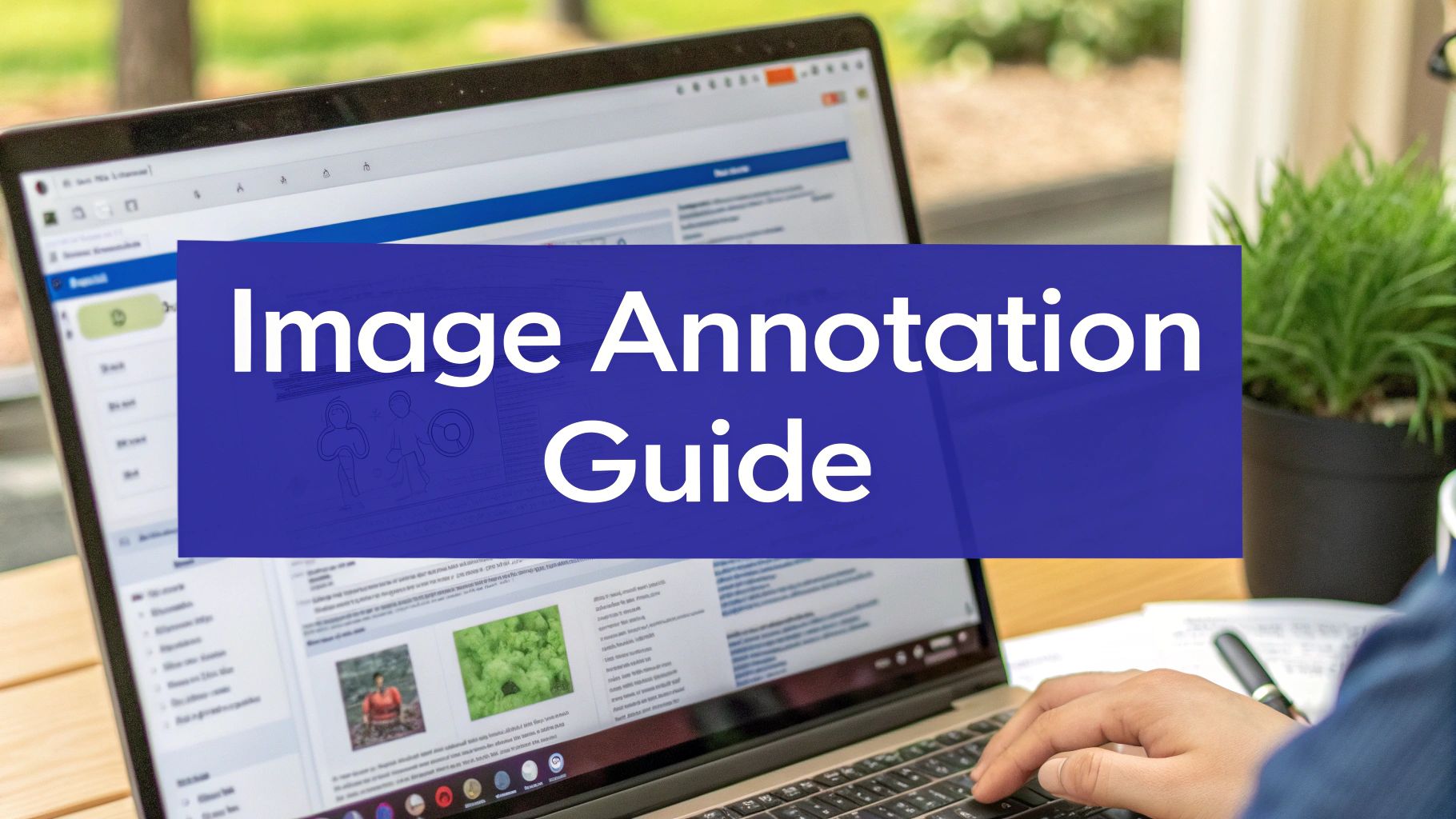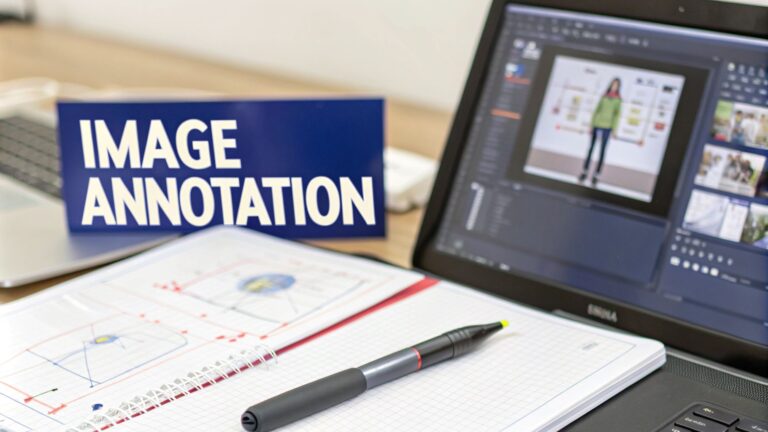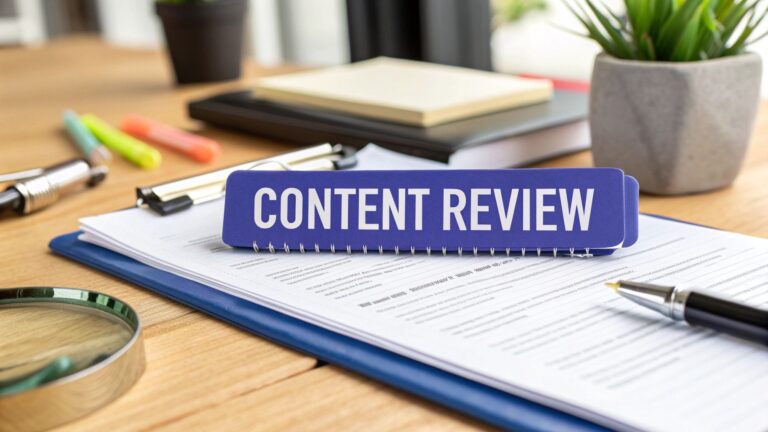Breaking Down Image Annotation Fundamentals
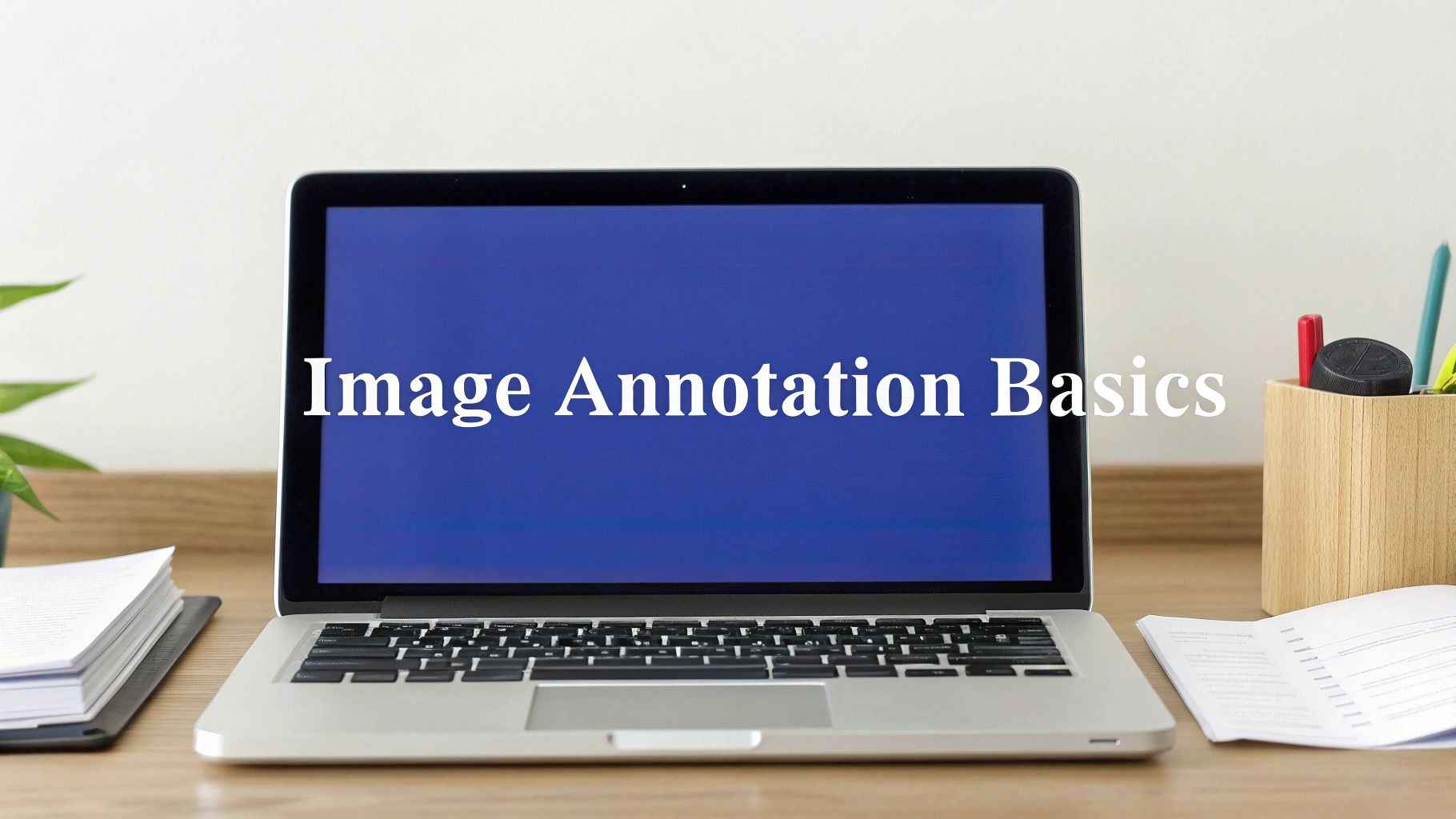
Image annotation is like teaching computers to see. By adding labels and tags to images, we give machine learning models the context they need to identify and understand visual information, much like humans do. Think of self-driving cars – they need image annotation to tell the difference between a pedestrian crossing the street and a lamppost on the sidewalk. This basic but essential process forms the foundation for training AI systems across many fields.
Key Methods of Image Annotation
Choosing the right annotation method is crucial for getting the best results. Here are the main approaches used today:
-
Bounding Boxes: Drawing rectangles around objects is a quick and effective way to mark their location in an image. It's perfect for basic object detection and works well for large-scale projects since it's straightforward to implement. For instance, marking vehicles in traffic camera footage becomes much simpler with bounding boxes.
-
Semantic Segmentation: This method goes deeper by labeling every pixel in the image. Medical imaging particularly benefits from this precision – doctors can use it to outline tumors or identify specific tissues with remarkable accuracy. The detailed nature of semantic segmentation makes it ideal for applications where exact boundaries matter.
-
Polygon Annotation: When objects have unusual shapes, polygon annotation shines. By connecting multiple points to trace an object's outline, this method captures complex shapes that simple boxes can't handle. Analysts working with satellite images often use polygon annotation to map coastlines or mark building footprints with high precision.
-
Line Annotation: For marking long, thin features like roads or power lines, line annotation is the go-to choice. City planners and infrastructure managers rely on this method to track networks of utilities and transportation routes, helping them maintain and improve these essential systems.
Importance of Accuracy in Image Annotation
Quality matters tremendously in image annotation. Recent market research shows that the data annotation tools industry reached $1.02 billion in 2023, with steady growth expected at 26.3% annually through 2030. This growth reflects how critical accurate annotations are for building reliable AI systems. Poor-quality annotations can introduce errors that ripple through an entire AI model, while careful, precise work leads to better performance.
This is especially true in fields like medical diagnosis, where mistakes could affect patient care. To maintain high standards, teams need clear guidelines and thorough quality checks. Want to learn more about mastering annotation techniques? Check out our guide on How to master image annotation for various applications.
Choosing the Right Tools for Your Project
Having mastered basic image annotation methods, you now need to select the right tools. Using proper software makes image annotation faster and produces better results. Your choice of tools directly affects how efficiently you can work and the quality of annotations that train your AI models.
Understanding Available Software Options
The market offers both paid and free annotation tools that serve different needs. Commercial platforms typically provide extensive features, dedicated support teams, and easy-to-use interfaces – making them ideal for large organizations handling many images. For instance, professional tools allow teams to efficiently manage image volumes while maintaining quality standards.
Free open-source options can work well for smaller projects or research work. These tools offer good flexibility for customization, though they may require more technical knowledge to set up and maintain compared to paid versions. Project leaders must weigh the trade-offs between cost savings and ease of use when deciding which path to take.
Key Features to Consider
When picking annotation tools, focus on these essential capabilities based on your specific project needs:
- Supported Annotation Types: Make sure the tool handles all the annotation styles you need – whether that's drawing boxes, detailed outlines, or semantic labels. This basic requirement often gets overlooked until it's too late.
- Collaboration Features: For team projects, look for shared workspaces, version tracking, and communication tools to keep everyone aligned and productive.
- Automation Capabilities: Some tools use AI to speed up annotation by pre-labeling objects or suggesting labels. This saves significant time on large datasets.
- Quality Control Mechanisms: Strong quality checks through reviewer workflows and consistency metrics help ensure accurate annotations that will train AI models properly.
- Export Formats: Confirm the tool can save annotations in formats that work with your machine learning system to avoid compatibility problems later.
Making the Choice
Picking the right annotation tool is crucial for your AI project's success. With the image annotation software market expected to reach $7.17 billion by 2031, more options become available each year. Take time to research tools thoroughly based on your specific needs. By carefully matching features to requirements, you'll build a strong foundation for high-quality annotations that lead to better performing AI models.
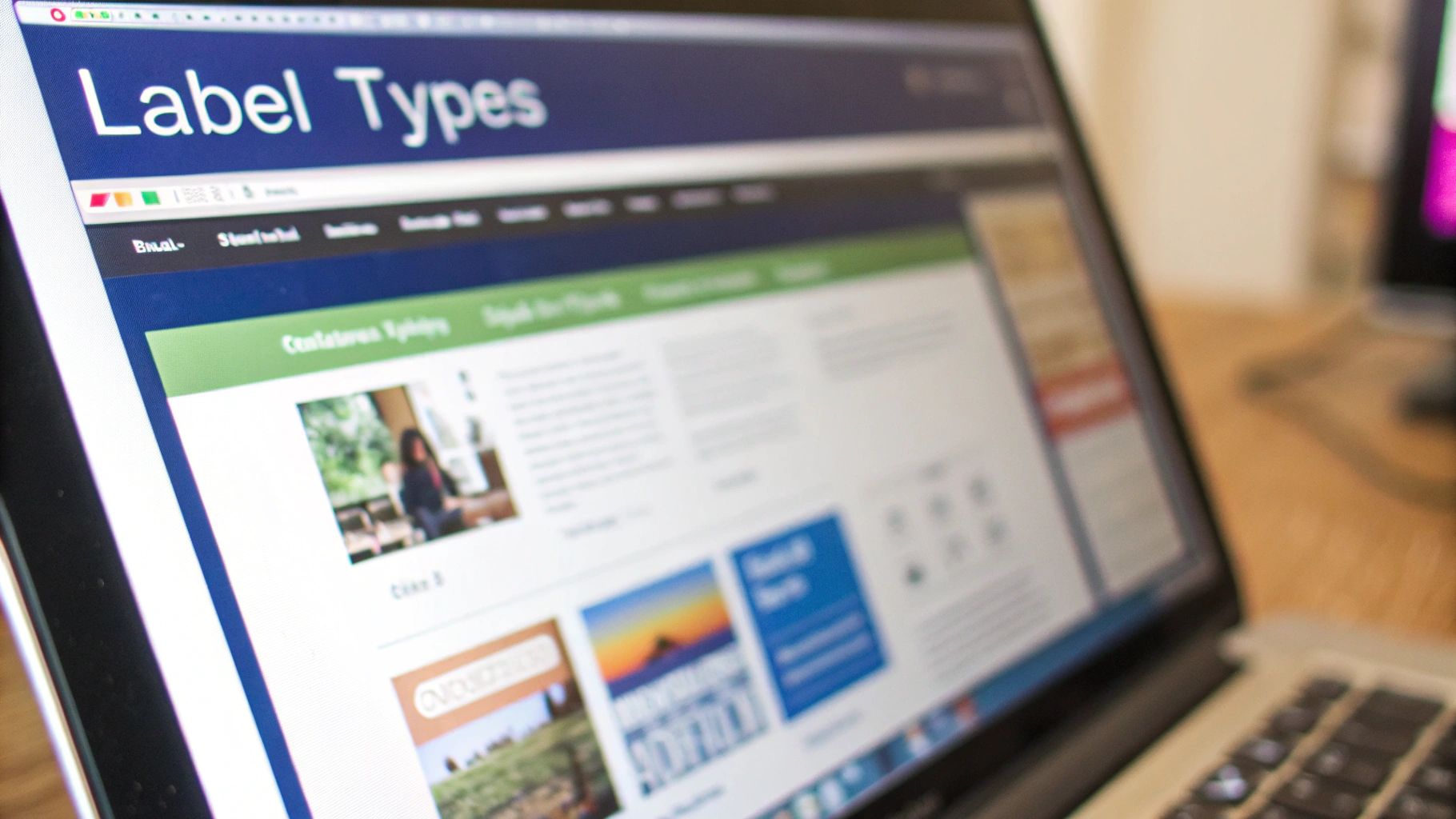
Mastering Medical Image Annotation
Medical image annotation requires extraordinary precision and attention to detail. Unlike standard image tagging, this specialized field directly impacts patient care and the development of AI-based diagnostic tools. Success depends on following strict protocols while maintaining perfect accuracy across every annotation.
Unique Challenges in Medical Imaging
The complexity of medical image annotation sets it apart from other domains. Annotators must understand intricate anatomical structures across multiple imaging types like X-rays, CT scans, and MRIs. For instance, precisely outlining a tumor boundary in a CT scan demands deep medical knowledge that wouldn't be needed when labeling everyday objects. Data security adds another critical layer – platforms must protect sensitive patient information according to HIPAA standards while enabling smooth annotation workflows.
Best Practices for Medical Image Annotation
Medical imaging teams follow specific strategies to ensure consistent, high-quality annotations for machine learning models:
-
Specialized Training: Every annotator undergoes intensive training led by medical experts. This covers both technical annotation skills and the detailed anatomical knowledge needed to interpret medical images correctly. This thorough preparation ensures annotators fully grasp their role's importance.
-
Detailed Annotation Guidelines: Teams create comprehensive documentation outlining exact procedures and quality standards for each project. Guidelines specify which annotation methods to use for different anatomical features and medical conditions. Clear instructions eliminate confusion and keep annotations uniform.
-
Multi-Level Quality Control: A rigorous review process catches errors before they affect model training. Senior radiologists validate work from junior team members to verify accuracy. This multi-stage verification is vital for building reliable training datasets for AI systems.
Building Scalable Annotation Workflows
As demand grows, efficient and scalable workflows become essential. Success depends on carefully coordinating people, technology, and quality control:
| Aspect | Description |
|---|---|
| Team Structure | Build teams with a mix of entry-level annotators and expert reviewers for smooth delegation and quality oversight |
| Technology | Use specialized platforms supporting medical formats and team collaboration to boost efficiency and data protection |
| Quality Control | Implement thorough quality checks combining automated verification with expert review |
The medical AI field's rapid growth creates huge demand for properly annotated images. Industry forecasts predict major expansion in medical image annotation over the next several years. By following proven practices and using robust tools like BugSmash, healthcare organizations can handle complex annotation needs while advancing AI-powered diagnostics. This leads directly to improved patient outcomes through more accurate and efficient medical analysis.
Building Efficient Annotation Workflows

Once you've selected the right tools, creating an effective workflow for image annotation becomes critical to your success. This involves carefully planning each step – from properly training your team to implementing robust quality checks. The key is finding the right balance between speed and accuracy while being able to scale up operations smoothly.
Training and Managing Annotation Teams
Quality training forms the foundation of successful annotation projects. Consider this scenario: If you're training an AI model to identify flower species, annotators without botanical knowledge could easily mislabel similar-looking flowers, leading to poor model performance. This is why clear guidelines and thorough training are essential. Your team needs to understand not just the annotation tools, but also project-specific requirements like the exact level of detail needed for each image. Regular check-ins and ongoing support help maintain team motivation and quickly resolve any challenges.
Establishing Clear Quality Metrics
To truly improve your annotation process, you need concrete ways to measure success. Start by defining specific quality benchmarks like accuracy rates, consistency between annotators, and completion speed. For example, you might set targets like 95% accuracy and 90% inter-annotator agreement. By tracking these metrics consistently, you can spot trends, identify bottlenecks, and make data-driven improvements to your workflow.
Implementing Effective Review Processes
Even highly skilled annotators make mistakes, which is why thorough review processes are vital. A multi-level review system where experienced team members check the work of newer annotators helps catch subtle errors early. Using dedicated review tools can make this process more efficient and improve collaboration. For insights on streamlining reviews, check out: Streamline your workflow with the best video review software.
Utilizing Semi-Automated Tools
While human expertise remains crucial for accurate annotations, smart automation can significantly speed up the process. Modern tools can pre-label objects or suggest annotations, allowing your team to focus on more complex cases that require human judgment. The key is maintaining the right balance – using automation to handle routine tasks while ensuring human oversight for quality control. With the image annotation tools market projected to exceed $7 billion by 2031, integrating these capabilities effectively is becoming essential for competitive image annotation at scale.
Implementing Industry-Specific Best Practices
Every industry faces unique challenges when it comes to image annotation. Success depends on understanding the specific requirements and adapting annotation practices to match them. Let's explore how different sectors approach image annotation and what we can learn from their methods.
Autonomous Vehicles: Navigating Safety-Critical Annotations
Safety is paramount in self-driving vehicle development, where even minor annotation errors can have serious consequences. For instance, an AI system must be able to instantly distinguish between a pedestrian and a cyclist to avoid accidents. To meet these demanding requirements, autonomous vehicle companies employ large teams using specialized tools for creating 3D bounding boxes and semantic segmentation. These tools help capture the complex environment around vehicles with exceptional detail. Multiple rounds of quality checks ensure each annotation meets strict safety standards – there's simply no room for error when lives are at stake.
Retail: Optimizing Inventory Tracking and Customer Experience
In retail, image annotation serves multiple purposes – from automating inventory counts to enhancing the shopping experience. When retailers annotate shelf images, they can automatically track stock levels and know when to reorder products. Smart visual search is another key application. By tagging product images with details like color, style and materials, stores make it simple for customers to find exactly what they want. Security camera footage analysis provides another valuable source of insights. When properly annotated, these images reveal customer traffic patterns and help optimize store layouts for a better shopping experience.
Environmental Research: Handling Complex Natural Imagery
Environmental scientists rely on image annotation to study wildlife, ecosystems and climate change through satellite, drone and underwater imagery. For example, annotated coral reef photos help track bleaching events and reef health over time. Similarly, researchers use annotations to identify plant species in forests or monitor animal migration patterns. The challenge lies in dealing with the incredible variety found in nature – no two coral formations or forest scenes are exactly alike. This requires specialized annotation approaches like polygon tools for irregular shapes, combined with expert input from ecologists to ensure accuracy.
Adapting Annotation Techniques and Ensuring Quality
Success requires carefully matching annotation methods to each industry's specific needs while maintaining rigorous quality standards. Healthcare organizations must follow HIPAA rules when annotating medical images. Financial firms need strict security protocols when using image annotation for fraud detection. Many organizations find the best results come from combining skilled human annotators with AI-assisted tools. Platforms like BugSmash can pre-label common objects while letting human experts focus on nuanced details. This balanced approach maintains both efficiency and accuracy across diverse annotation projects. As demand for annotated images grows, having the right tools and workflows in place becomes increasingly important for delivering quality results that truly serve each industry's unique requirements.
Advanced Annotation Methods That Work

High-quality annotated data is becoming essential as AI and machine learning applications grow more sophisticated. The field of image annotation continues to evolve, introducing new techniques and tools that can dramatically improve efficiency and accuracy. Understanding these advanced methods is crucial for teams looking to optimize their annotation workflows and get better results. Let's explore the key approaches that are making a real difference.
Smart Automation Tools That Speed Up Work
Modern annotation tools use AI to handle the initial labeling, which saves considerable time and effort. For instance, when an AI model learns to recognize cars, it can automatically add bounding boxes around vehicles in new images. This pre-labeling approach maintains consistency across large datasets while reducing manual work. However, human expertise remains vital – while automation handles repetitive tasks, skilled annotators verify accuracy and tackle nuanced cases that require judgment calls. This balanced combination of AI assistance and human oversight delivers both speed and quality.
Real-World Success Stories Across Fields
Different industries are finding valuable ways to use AI-assisted labeling. Medical teams use it to pre-segment anatomical structures in scans, letting doctors focus on fine-tuning annotations for diagnostic precision. Car companies apply it to quickly process vast amounts of driving video footage to train autonomous systems. With the image annotation tool market projected to reach $7.17 billion by 2031, these advanced techniques are becoming standard practice. The widespread adoption shows how AI assistance improves both efficiency and accuracy across many different uses.
Finding What Really Works: Evaluating New Tech
Not every new annotation method delivers on its promises. It's important to identify truly effective advances versus temporary trends. Active learning stands out as a proven approach – the AI specifically requests annotations for the most informative images, focusing human effort where it matters most. This targeted strategy reduces overall workload while maximizing the model's improvement. There's also growing interest in weakly supervised learning, which trains models using roughly labeled data. While still developing, this could help solve the challenge of needing massive amounts of precisely annotated data.
Getting the Best of Both Worlds: Old and New
The most successful approaches often combine traditional methods with newer tools. Take for example how automated systems might do the initial object detection with bounding boxes, then human annotators refine those shapes using detailed polygon annotation for complex objects. This merges the speed of automation with human precision. Leading teams build flexible workflows that use both established techniques and new technology based on their specific needs. By taking a balanced approach that draws on the strengths of both human expertise and AI assistance, organizations can optimize their annotation process while driving progress in their fields.
Want to make your image annotation projects more efficient? Try BugSmash to streamline your annotation workflows.

